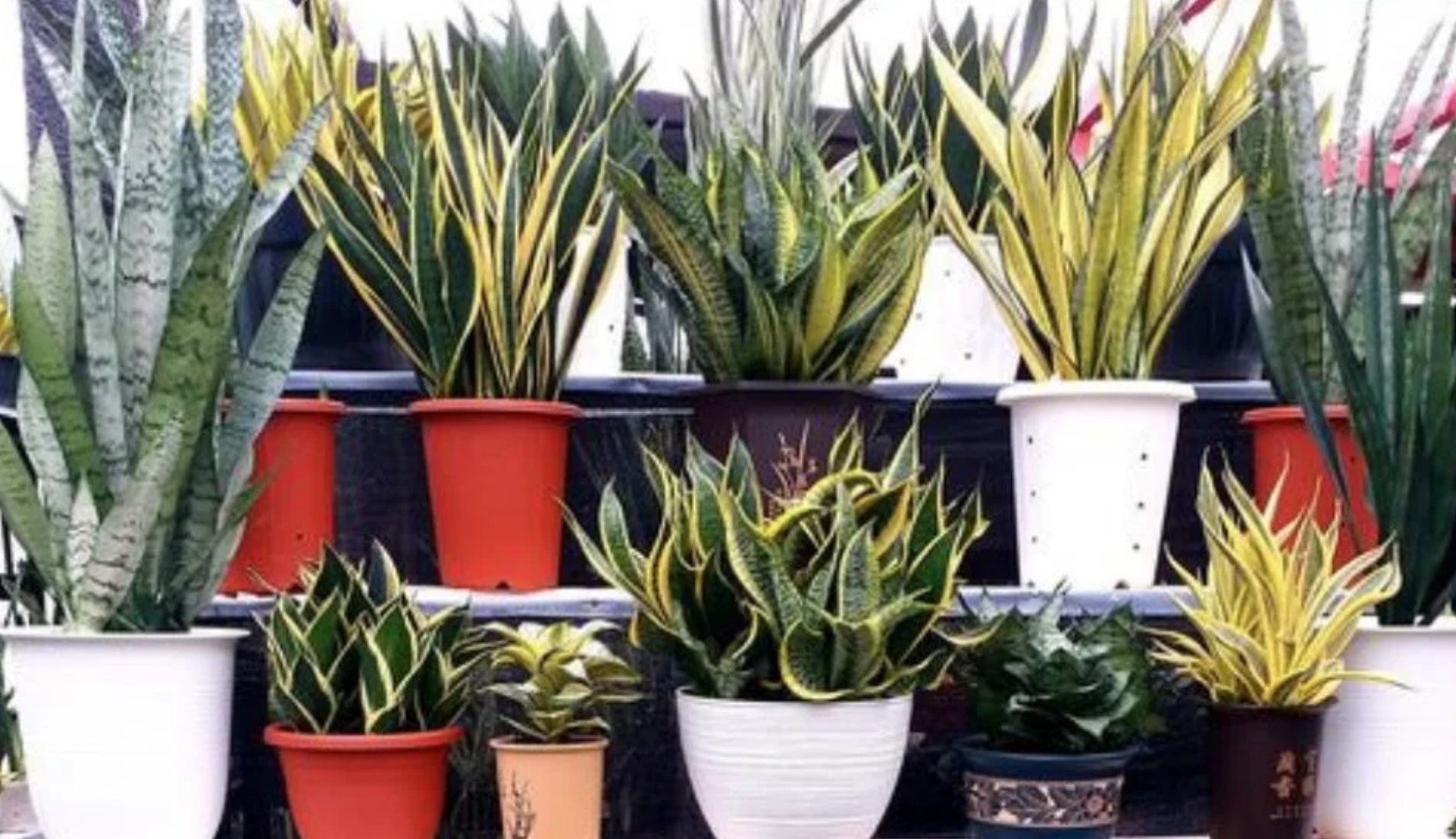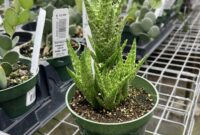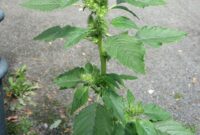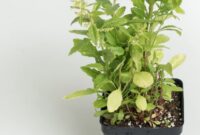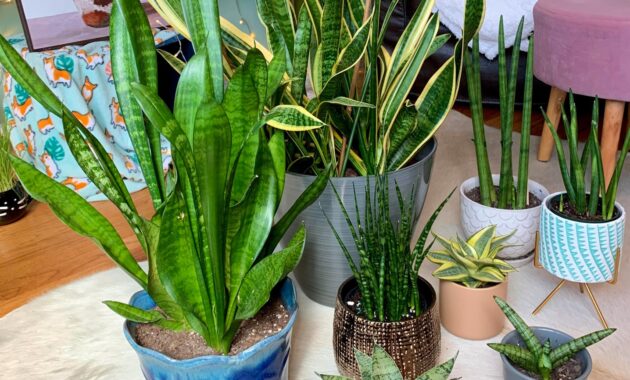
What is Sansevieria?
Sansevieria, also known as snake plants or mother-in-law’s tongue, is a popular houseplant prized for its unique appearance and resilience. With its stiff, upright leaves and diverse shapes, Sansevieria adds a touch of modern elegance to any indoor space.
Benefits of Sansevieria
- Air Purification: Sansevieria is a natural air purifier, effectively removing toxins like formaldehyde, benzene, and trichloroethylene from the air.
- Low Maintenance: These plants are incredibly low-maintenance, making them ideal for busy individuals or those with limited gardening experience.
- Durability: Sansevieria can tolerate neglect and thrive in various conditions, including low light and infrequent watering.
- Aesthetic Appeal: With their striking foliage, Sansevieria plants can add a touch of greenery and style to any room.
How to Grow Sansevieria Indoors
1. Choose the Right Pot: Select a pot with drainage holes to prevent waterlogging. The pot should be slightly larger than the plant’s root ball.
2. Use Well-Draining Soil: A well-draining cactus or succulent potting mix is ideal for Sansevieria. You can also create your own mix by combining equal parts potting soil, perlite, and coarse sand.
3. Provide Adequate Light: Sansevieria can tolerate low light conditions, but it will thrive in bright, indirect light. Avoid placing it in direct sunlight, as this can scorch the leaves.
4. Water Sparingly: Overwatering is the most common cause of Sansevieria plant death. Allow the soil to dry out completely between waterings. During the winter months, reduce watering even further.
5. Fertilize Occasionally: Feed your Sansevieria with a balanced liquid fertilizer diluted to half strength once or twice a year during the growing season.
Sansevieria Varieties and Types
There are numerous Sansevieria varieties, each with its unique characteristics. Some popular types include:
- Sansevieria trifasciata: This is the most common type, featuring upright, sword-shaped leaves with dark green bands and lighter green edges.
- Sansevieria cylindrica: This variety has cylindrical, fleshy leaves that can grow quite tall.
- Sansevieria hahnii: A compact variety with rosette-shaped leaves that are perfect for small spaces.
- Sansevieria zeylanica: This species has long, slender leaves with wavy edges.
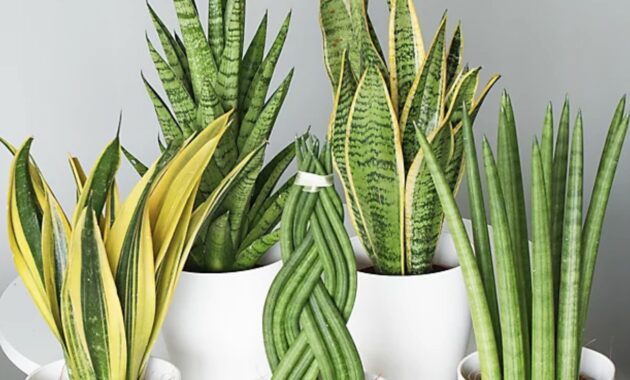
Snake Plant (Sansevieria) for Beginners
Sansevieria is an excellent choice for beginners due to its hardiness and low-maintenance nature. Here are some tips for keeping your snake plant thriving:
- Start with a Healthy Plant: Choose a healthy plant with vibrant, green leaves.
- Provide Proper Lighting: Place your plant in a bright, indirect light location.
- Water Wisely: Allow the soil to dry out completely between waterings.
- Fertilize Sparingly: A diluted liquid fertilizer once or twice a year is sufficient.
- Repot as Needed: Repot your plant every two to three years or when it becomes root-bound.
Sansevieria Watering Guide
While Sansevieria is drought-tolerant, it still needs occasional watering. Here’s a watering guide:
- Spring and Summer: Water your plant every 2-3 weeks, allowing the soil to dry out completely between waterings.
- Fall and Winter: Reduce watering to once a month or even less, as the plant’s growth slows down during these seasons.
Sansevieria Light Requirements
Sansevieria can adapt to various light conditions, but it thrives in bright, indirect light. Here’s a breakdown of its light requirements:
- Bright, Indirect Light: This is the ideal light condition for Sansevieria. It will promote healthy growth and vibrant leaf color.
- Low Light: Sansevieria can tolerate low light conditions, but it may grow more slowly and have less vibrant foliage.
- Avoid Direct Sunlight: Direct sunlight can scorch the leaves of your Sansevieria plant.
How to Propagate Sansevieria Plants
Propagating Sansevieria is a simple process that can be done through division or leaf cuttings.
Division:
- Carefully remove the plant from its pot.
- Separate the offsets or pups from the mother plant.
- Plant the offsets in individual pots with well-draining soil.
Leaf Cuttings:
- Cut a healthy leaf into 3-4 inch sections.
- Allow the cuttings to dry for a few days.
- Plant the cuttings in a pot with well-draining soil.
- Keep the soil slightly moist until the cuttings root.
Sansevieria Plant Toxicity for Pets
Sansevieria is considered mildly toxic to pets. If ingested, it can cause mild gastrointestinal upset, such as vomiting and diarrhea. To keep your pets safe, it’s best to keep Sansevieria plants out of reach.
Indoor Air-Purifying Plants Sansevieria
Sansevieria is a popular choice for indoor air purification. It effectively removes toxins like formaldehyde, benzene, and trichloroethylene from the air, improving indoor air quality.
Buy Sansevieria Plant Online
You can easily purchase Sansevieria plants online from various retailers. When buying online, look for reputable sellers and choose a healthy plant with vibrant foliage.
Sansevieria Soil and Fertilizer Needs
Sansevieria prefers well-draining soil to prevent root rot. A cactus or succulent potting mix is ideal. You can also create your own mix by combining equal parts potting soil, perlite, and coarse sand.
Fertilize your Sansevieria plant once or twice a year during the growing season with a balanced liquid fertilizer diluted to half strength.
Sansevieria vs. Other Succulents
Sansevieria is often confused with other succulents, such as snake plants and mother-in-law’s tongue. However, Sansevieria is a distinct genus with its own unique characteristics.
Popular Sansevieria Species
Some of the most popular Sansevieria species include:
- Sansevieria trifasciata: This is the most common type, featuring upright, sword-shaped leaves with dark green bands and lighter green edges.
- Sansevieria cylindrica: This variety has cylindrical, fleshy leaves that can grow quite tall.
- Sansevieria hahnii: A compact variety with rosette-shaped leaves that are perfect for small spaces.
- Sansevieria zeylanica: This species has long, slender leaves with wavy edges.
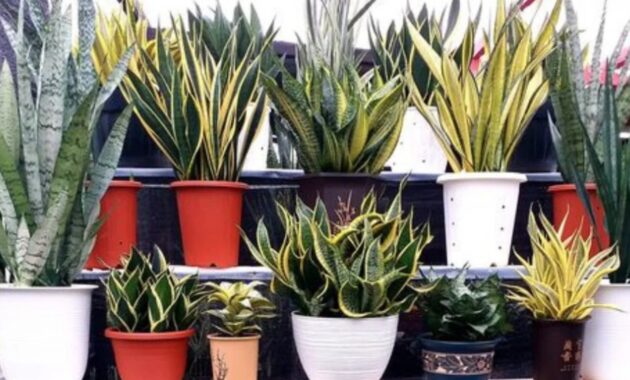
Sansevieria Plant Pests and Solutions
Sansevieria plants are relatively pest-resistant, but they can occasionally be affected by mealybugs and scale insects. Here are some solutions:
- Mealybugs: Use a cotton swab dipped in rubbing alcohol to remove mealybugs.
- Scale Insects: Scrape off scale insects with a toothbrush or horticultural oil.
Conclusion
Sansevieria plants are a fantastic addition to any home or office. They are low-maintenance, air-purifying, and visually appealing. By following these care tips, you can enjoy the beauty and benefits of Sansevieria for years to come.
FAQs
- How often should I water my Sansevieria plant?
Water your Sansevieria plant every 2-3 weeks during the growing season and once a month or less during the winter. Always allow the soil to dry out completely between waterings. - Can Sansevieria plants tolerate low light conditions?
Yes, Sansevieria plants can tolerate low light conditions, but they will thrive in bright, indirect light. - Are Sansevieria plants toxic to cats and dogs?
Sansevieria plants are mildly toxic to pets. If ingested, they can cause mild gastrointestinal upset. - How do I propagate Sansevieria plants?
Sansevieria plants can be propagated through division or leaf cuttings. - What are the most common pests that affect Sansevieria plants?
The most common pests that affect Sansevieria plants are mealybugs and scale insects.
